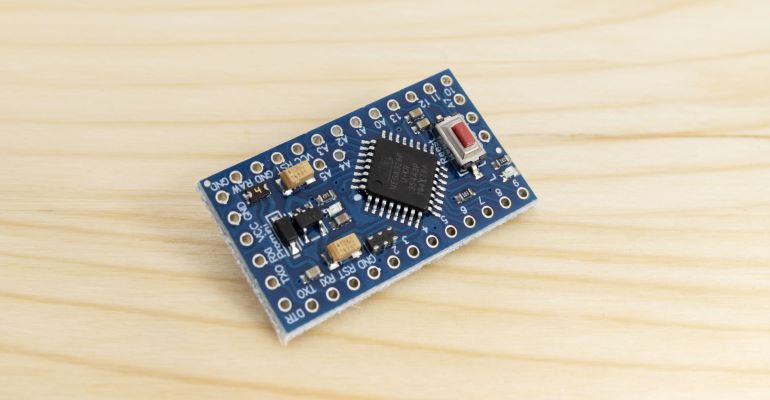When Your Running Companion is a Robot
Arduino hobbyist builds robot companion that helps him monitor pace during running.

For Arduino hobbyist and runner Noel Lomeli, the COVID-19 pandemic made it difficult to partake in physical fitness activities. Shuttered gyms left him the choice of running, but Lomeli did not consider that a good option as he could not run with others due to social distancing concerns. Because Lomeli did not want to run alone, he went out and invented a wheeled robot companion to accompany him.
Lomeli, a California resident and web and app developer during the day, discussed his project, called the Strider Personal Running Buddy, during an Arduino Week 2022 presentation. Lomeli said he developed the robot to help him track his pace during solo runs. He spent six months on the project.
Arduino Nano and Mobile App
Lomeli used an Arduino nano board in conjunction with a mobile app that enables him to enter his desired running pace. Lomeil said he started the project by taking apart an old RC (radio control) card from his brother, keeping the dc motor and servo. To fabricate the robot’s parts, Lomeli wound up getting an old 3-D printer and printing the parts themselves.
The sensors were another challenge. After finding that available sensors could not accomplish what he wanted, Lomeli said he wound up getting a PixyCam, a fast vision sensor for DIY (Do-it-yourself) robotics. Lomeli also uses a Bluetooth module to wirelessly work the sensor and robot control to monitor position.
Because it is impractical for a runner to hold a separate remote control to steer the robot, Lomeli designed Strider to operate hands-free, unlike a traditional radio-controlled car. To accomplish this, he teamed the Arduino nano board with a PID (Proportional Integral Derivative) controller that, in conjunction with a camera and an orange square worn by the runner, tracks the robot’s relative position. Based on the positional information, the PID controller signals the robot to change direction, speed up, slow down or stop, all the while maintaining an appropriately close but safe distance.
A short video of the Strider robot follows below.
About the Author(s)
You May Also Like





